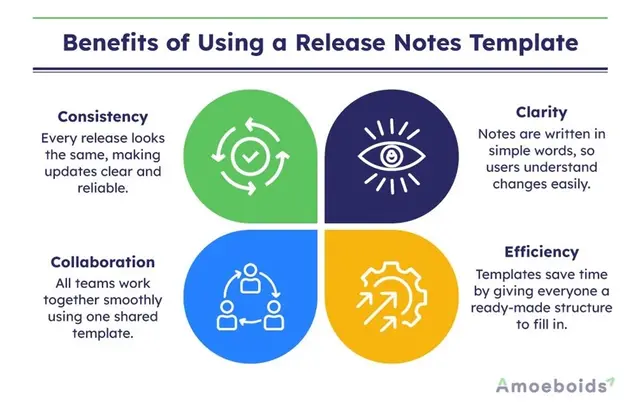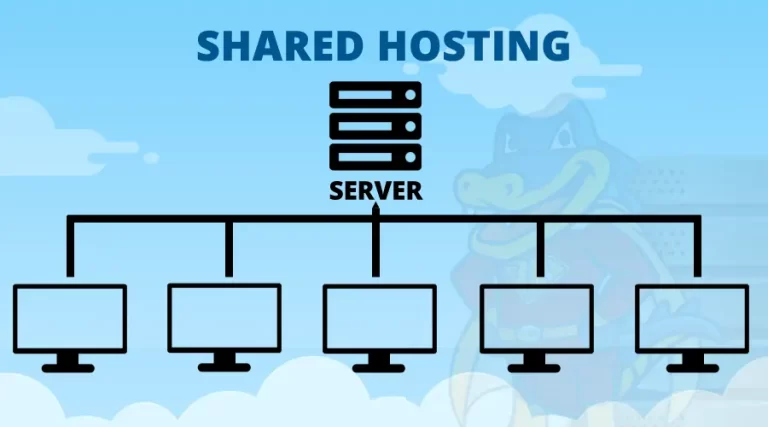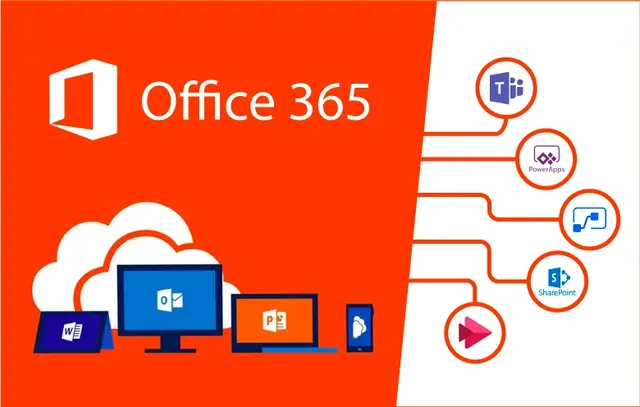How to Use a Release Notes Template in Product Development?
Let’s be honest: most users scroll past release notes. Until one day, they don’t. Think about it: you update your favorite app, and suddenly a new feature changes how you use it.
Or a bug that annoyed you for weeks is finally gone. Release notes are more than just “update lists.” They provide a direct channel of contact between your product team and your users.
Release notes improve customer satisfaction, build confidence, and show that you’re solving problems and taking input seriously. However, they can easily become unclear, confusing to read, or neglected if they fail to stick to a defined format. Templates for release notes can help with that. A template offers product teams a standard, simple to use framework that makes updates clear, interesting, and helpful for employees as well as users.
We’ll explain what release notes templates are, their importance, and their practical applications in product development in this blog.
What is a Release Notes Template?
A Release Notes Template is essentially a straightforward, organized framework for recording product updates.
Teams use the same framework rather than beginning from scratch each time:
- What’s new?
- What’s improved?
- What’s fixed?
It saves time and ensures open communication when a release notes template is used. More significantly, it keeps team members on the same page.
It’s like comparing a messy notebook to a neat checklist with a template; nothing gets missed, and everyone knows exactly what’s happening without extra effort. Everyone knows exactly where to add their input, and users know exactly where to look for information.
Benefits of Using a Release Notes Template
Using release notes templates isn’t just about looking organized; it has a real impact on both your team and your customers.

1. Consistency
Users can quickly see what’s new because every release follows the same format. Whether it’s an update, bug fix, or new feature, your release notes make the product look clear and trustworthy.
2. Clarity
Clear release notes reduce confusion. Instead of vague jargon like “backend enhancements,” users get straightforward explanations of how changes affect them.
For example: “We’ve improved load time on dashboards, so reports now open twice as fast.”
3. Efficiency
Preparing release notes without a template might require hours of discussion between the technical support and product managers. By offering assembled parts where everybody can contribute, a template speeds up the process.
4. Collaboration
Release notes involve many teams. Engineers share the updates, product managers decide what’s most important, marketing explains it to customers, and support uses it to answer questions. Having a shared template makes sure everyone is aligned. In short, a release notes template turns a boring, messy task into a smooth and easy team process.
How to Use a Release Notes Template in Product Development
Now that we know why templates are useful, let’s walk through exactly how to use one in your product development cycle.
Step 1: Collect Updates from Developers & QA
Developers and QA testers are usually the first to know what’s changed. They log bug fixes, new features, and performance updates. Use your template as a collection point where they can drop raw updates.
Step 2: Prioritize What Matters to End-Users vs. Internal Teams
Not every technical detail needs to go to customers. For instance, a backend server migration matters to your IT team but not to your end-users. Your task is to keep internal notes and changes that are visible to customers apart.
Step 3: Write Updates in Plain, User-Friendly Language
This step is where many teams fail. Instead of saying, “Implemented API v2.0 for authentication,” reframe it as: “You can now log in more quickly and safely with our improved login system.” Good release notes explain things in a way that customers understand, not in complicated developer terms.
Step 4: Share with Stakeholders for Review
Before publishing, share the draft with all the main teams involved. This ensures accuracy and alignment. Support may highlight frequently asked questions that consumers will have following the change, while marketing may recommend rewording for clarity.
Step 5: Publish Across Multiple Channels
Don’t limit release notes to just one place. Share them on:
- In-app notifications (for immediate visibility)
- Your website or product blog
- Email newsletters (for key updates)
- Help center or knowledge base
By distributing release notes across channels, you maximize reach and ensure both active users and potential customers see your improvements.
Real-World Example
Let’s take Slack as an release notes example. Slack doesn’t just publish dry technical updates—they use release notes templates to keep things consistent, but they also add personality.
Instead of saying, “Bug fixes in channel notifications,” Slack might write, “We squashed a bug that caused channel notifications to disappear. Your team updates should now stay right where they belong.”
Similarly, Notion structures its release notes in a simple template:
- New: Highlighting fresh features.
- Improved: Small tweaks that enhance user experience.
- Fixed: Listing bugs that were resolved.
Because of their structure and simplicity, release notes become more than just information; they become a vital component of the product experience.
Conclusion: Turning Updates into Opportunities
Release notes are often underestimated. At the end of a release, many teams see release notes as “just another task.” However, when performed correctly, they can serve as an effective tool for building customer loyalty, maintaining honesty, and establishing trust.
The whole procedure is improved, made simpler, and more consistent by using a release notes template. With each release, your product builds trust, your team saves time, and clients keep up to date. Therefore, don’t consider release notes an afterthought the next time you’re closing a release. Consider them an opportunity to impress clients, highlight your advancements, and demonstrate your dedication to expansion.
Are you prepared to try it? See how much more efficient your product development cycle becomes by starting with a basic release notes template right now.







